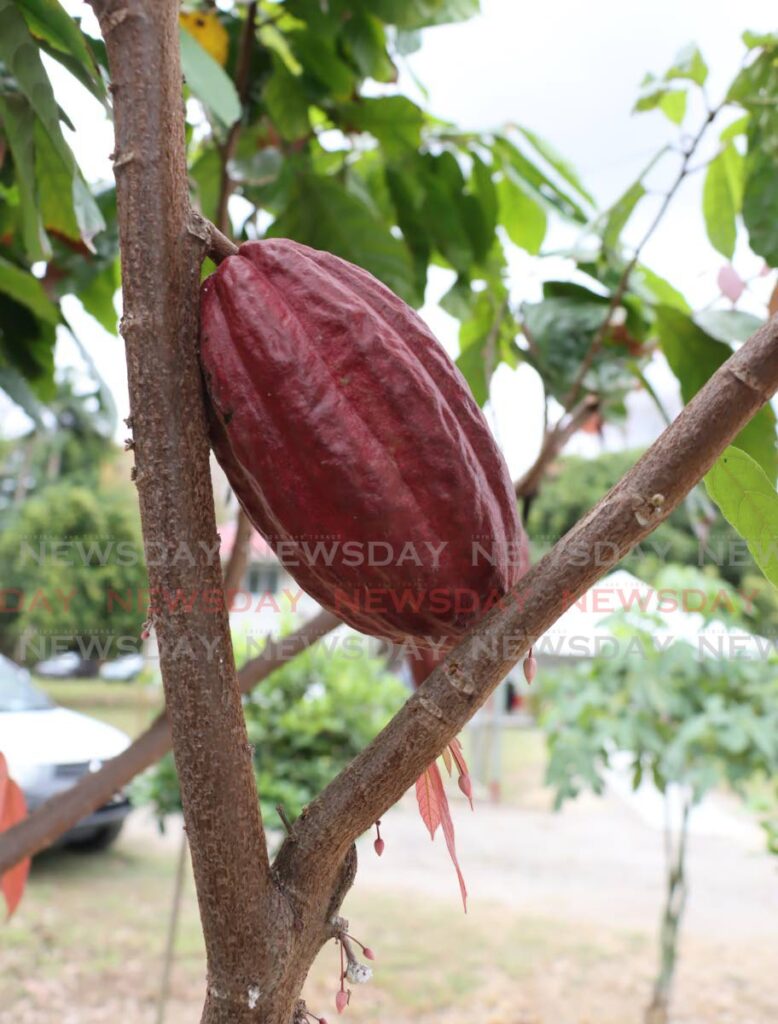Time to take cocoa seriously

In urging a more collaborative, intensive approach to cocoa development, Prof Pathmanathan Umaharan, director of UWI's Cocoa Research Centre, called for the revival of 50,000 hectares of abandoned cocoa land across TT.
To put the scale of that unused land into perspective, it's an area that's the size of 66 football fields.
Cocoa grows best in very specific alignments of soil and microclimate, and much of the best land for its cultivation has historically been difficult to access without significant investment in infrastructure.
Even an abandoned cocoa plantation may continue producing unharvested pods, but turning those assets into value will demand infrastructure development and a strategic plan to return these formerly productive plantations to usable condition is also likely to be a challenge.
Prof Umaharan, in his press release last week, noted that any effort at remediation will have to be nuanced and considered, a productive engagement between government and stakeholders, including private landowners who have allowed their cocoa plantations to lie fallow.
There's been interminable discussion about the revival of the local cocoa industry, and widespread acknowledgement of the continued esteem that the popular Trinitario coffee strain enjoys in global markets.
In 2021, cocoa beans from the Four Roads/Tamana Cluster were ranked among the top 50 in Best of the World rankings.
A century before that, in 1921 – TT's year of peak cocoa – this country produced 33,590 tons of cocoa and was ranked as one of the top five producers in the world.
Local cocoa production is now 500 tons per year, some of it now used to create boutique local products, but the beans are a unique and robust blend used to create premium food products for the world market.
Christopher Boodoosingh of Cocoa Republic promised to plant a million cocoa trees between 2020 and 2025.
The government committed to the growth of the local cocoa industry in May 2022, despite issues with financing and staffing at the dedicated state agency, the Cocoa Development Company.
Have those fundamentals have been addressed to enable progress in the revitalisation of the cocoa industry?
Angostura announced plans to establish three organic cocoa nurseries and clonal gardens to provide disease and drought resilient varieties of Trinitario plants in October 2022.
Cocoa remains one of the hottest prospects for diversification after almost a decade of talk, both as a pure export product and as raw material for a growing number of local content creations.
It doesn't require massive foreign investment or drilling programmes; some unique local knowledge still exists; and the raw material is a sustainable and renewable product – but only scholars and small entrepreneurs have taken action to turn cocoa's promise into profit.

Comments
"Time to take cocoa seriously"